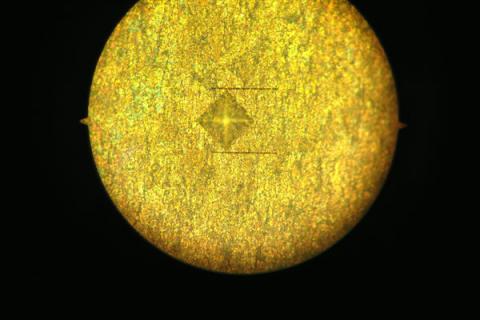Origins of AMP Annealing - 2012 - 2015
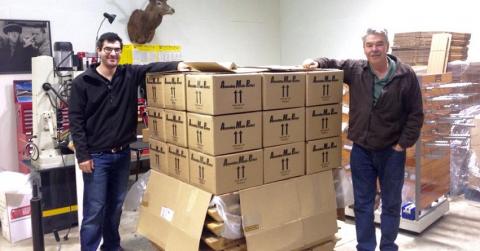
"Annealing Made Perfect" is the brainchild of father and son team Alex and Matt Findlay. Alex has extensive experience in the firearms industry. Matt is a qualified engineer and tool maker. As passionate reloaders, we are always striving for the ultimate in accuracy. Like most guys, we were vaguely aware of annealing brass, but always thought of it as "black magic”. Everyone had an opinion on how to do it, and no two opinions were the same. The more we looked though, the more we found that many of the very best shooters were experimenting with annealing as part of their case preparation. Frequently they were frustrated at the lack of consistency available with traditional methods.
Our goal was to produce a safe, reliable and totally user friendly induction brass cartridge annealer which would give absolutely repeatable results every time. After three years of R&D we have succeeded.
Of course, that was only half the challenge. What about the science of brass hardness? What is the correct way to get repeatable neck hardness, and for that matter, how do you even measure it? Try finding the hard science to that on the internet, as opposed to "informed” opinion. It didn’t exist. We decided to invest in significant metallurgy research.
We wanted to know the following answers:
- How consistent is virgin brass? Is it all the same from brand to brand and lot to lot?
- How much does each reload harden the neck?
- What effect do different dies have?
- Do "hot” loads make a difference?
- What is the best target neck hardness for repeatability?
- What time/temperature combination gives that result?
- What happens further down the case near the head?
- Does the heat migrate and cause a problem there?
- How does all this affect real world velocities and pressures?
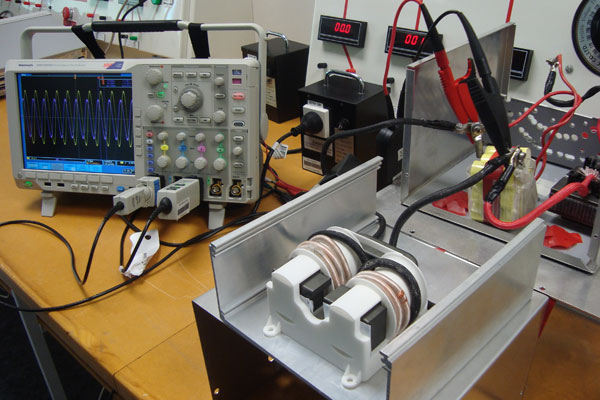
Some of our early university laboratory development and testing. 3D printing allowed easy development of some key components.
To get answers, we have invested in serious lab time. We have measured temperatures with live video thermal imaging, which is accurate to 0.1˚F and 0.1 second, so we can actually track the heat progression in different brass cases. We have done countless micro-Vickers hardness tests on the necks of many different brass cases, so we know for sure how hard or soft each part of each neck is. Most importantly, we have repeated the tests with the same brass over many multiple reloads to find out the long term effects and benefits of annealing. Of course we haven’t yet tested all brass there is by brand, cartridge of neck turned wall thickness or, for that matter, every die, so our research is an ongoing project. We would like our customers to be part of that. To see more detail on the research see About Brass Hardness and Repeatable Neck Hardness.
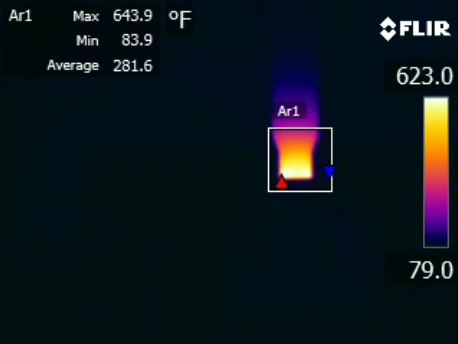
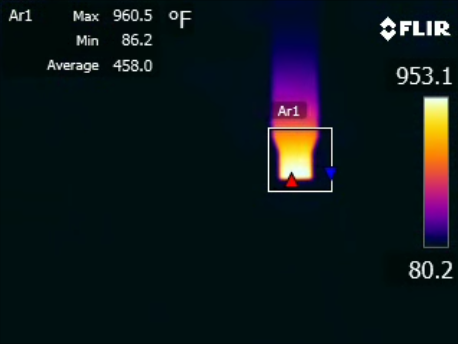
Still pictures from early thermal imaging temperature experiments.These were taken when we were focusing on annealing only the neck of the cartridge. We now insert the brass deeper into the airgap which allows for very uniform heating of neck and shoulder area. We no longer use thermal imaging due to our switch to Micro Vickers hardness testing.
View through microscope: the longer the diagonals of the indent, the softer the brass.
We have now incorporated our findings into our induction brass cartridge annealer. Not only does each cartridge case style (e.g. 308 Winchester, .223 Remington etc.) has its own unique program setting - brands and neck wall thicknesses are also accounted for. All the reloader has to do is select the correct program, insert the correct pilot, and start annealing. The results will be correct and consistent every time.
That is why we call the machine "Annealing Made Perfect”!
